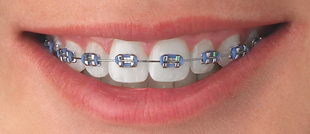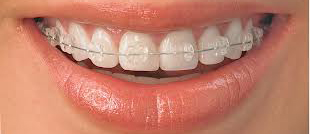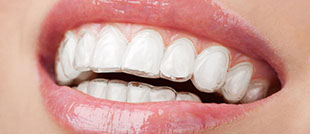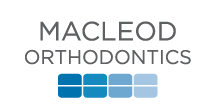Using this information Dr. MacLeod will answer two important questions:
Is orthodontic treatment needed?
If so, is now the appropriate time?
- Metal braces
- Clear braces
- Removable Clear Aligners (Invisalign)
We offer treatment with both fixed orthodontic braces and removable clear aligners. After your examination, Dr. MacLeod will let you know which treatment modality is best suited to your needs. Most treatments can be performed with a patient’s existing dentition but in certain cases the extraction of one or more permanent teeth is required. Dental extractions, if needed as part of orthodontic treatment, can help to alleviate crowding, improve the fit of the teeth and maintain the health of the gums.
In non-growing patients with severe discrepancies between the size and shape of the upper and lower jaw, corrective jaw surgery may be required as part of the comprehensive orthodontic plan. A certified oral and maxillofacial surgeon is included as part of the treatment team for surgical patients.




